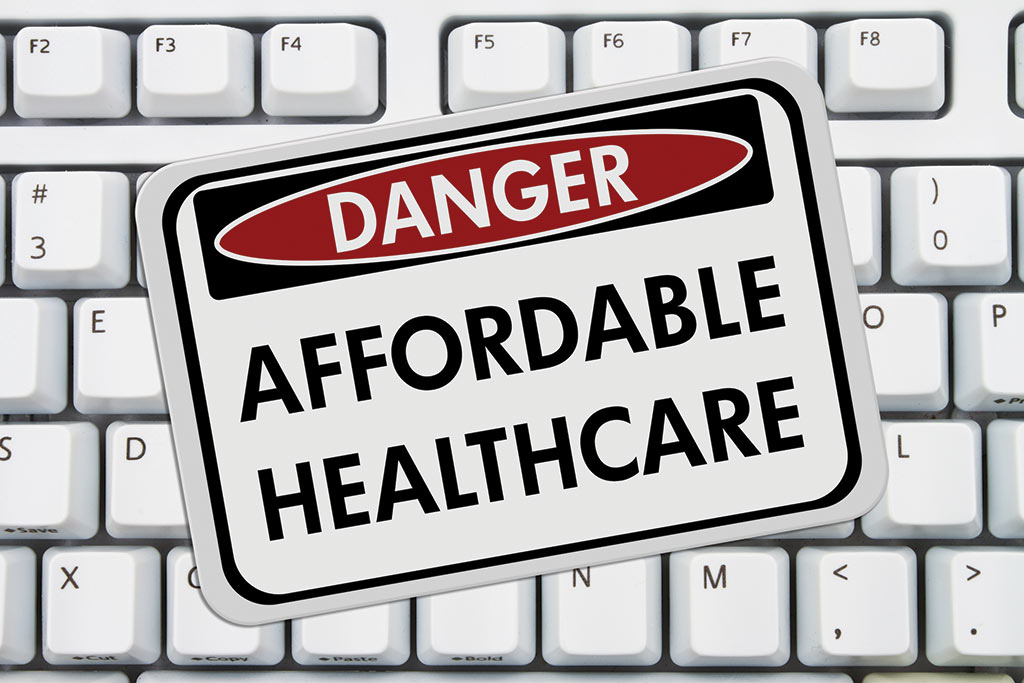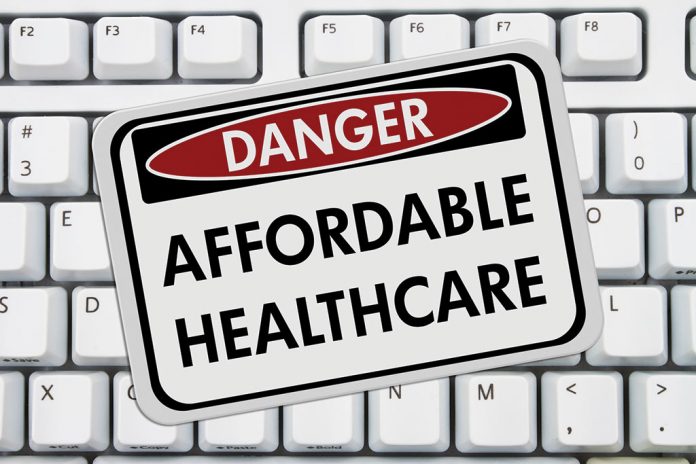
By Dan Messina
Another year is rapidly approaching, and we, as business owners, will have a whole new set of challenges facing us. I would never have guessed that healthcare would be such a big challenge. Up until now, most of the small business never had to offer any type of healthcare to its employees. If we did, the employee would have to pay a portion of it.
When I ran my business, for the longest time I never offered any type of healthcare benefits. As I built my business, I wanted to give my employees the opportunity to have healthcare benefits, so I offered them a policy where they would pay a part of it and I would pay a part of it. Out of 36 employees, only 5 wanted the benefit. They had other means for healthcare if the need should arise.
Now the government is making it mandatory that each employee have insurance. They say the payments can be as low as $40 a month. That is fun money for most of my employees, and they will be mad when they have to make that payment.
Let’s try and take a look at what we will be facing in the future. The following is just an interpretation of what is in the bill. If you are following the news, you know the bill is changing all the time.
Who has to cover their workers?
The issue that most people know about is the “employer mandate,” a loose term for a set of fines for businesses that don’t cover their workers. That’s a big issue for small businesses that might be right on the edge of 50 workers.
Starting in 2015, any employer with the equivalent of 50 or more full-time workers will have to pay a $2,000 annual fine for each worker, not counting the first 30, if they don’t offer health coverage.
And if they do offer health coverage, it has to meet the law’s “affordability test.” A worker shouldn’t have to pay more than 9.5 percent of his or her income for self-only coverage, and the plan shouldn’t cover less than 60 percent of the costs. If the coverage fails either of those tests, the employer will have to pay a $3,000 annual fine for each worker that goes to a health exchange for coverage and gets a subsidy for it.
The catch, though, is that it’s not just businesses with 50 actual full-time workers. It also applies to any business that has the equivalent of 50 full-time workers. In other words, when they add in their part-time or seasonal employees, their hours will add up to at least a few more full-time people.
Who counts as a full-timer? Anyone who works at least 30 hours. That’s one of the biggest complaints restaurants and retailers have about the law’ 30 hours just isn’t a standard anyone uses, but it’s in the law now. A lot of business are trying to figure out how they can get their employees to less than 30 hours a week. Some employers are making everyone part-time and cutting their hours. When your employees get mad because of the cut in hours, the service you provide will definitely change and your customers will suffer for the changes. I can see some businesses raising their price to offset this expense.
Obama administration officials say 96 percent of businesses in the United States are too small to be hit by the coverage requirements, and of the ones that are big enough to fall under the mandate, more than 90 percent already offer health coverage.
In 2011, as a result of the new law, a business will have to report the value of an employee’s healthcare coverage on W-2 forms. Many companies provide coverage for employee dependents not enrolled in other employer-based health plans up to age 22 or 23; next year, that age limit will rise to 26. All lifetime caps on insurance policies offered through employer-sponsored plans will be eliminated in 2011. Penalties will increase for the misuse of HSA funds, and workers with FSAs and HSAs will not be reimbursed for money used for over-the-counter drug purchases.
The Affordable Healthcare Bill will mean:
Outrageous Costs
At a time of exploding federal spending and budget deficits, both the House and Senate bills would add far more than a trillion dollars to the mind-boggling financial liabilities we taxpayers already face. Even the stated price tags of these bills are fraudulent products of statistical manipulations.
One way they try to reduce costs is to remove a quarter of a trillion dollars in doctor Medicare reimbursements from the bills. Another way they try to balance the books is to impose years of tax increases to fund these bills, before the outrageous spending actually kicks in. When it does, the “cost curve” in later decades will soar upward, and deficits will pile up by the billions. In addition, the bills would vastly expand the already-bankrupt Medicare program. Keep in mind that when taxes go up and cities have financial problems with their budgets, the tow fees could easily be affected.
Soaring Taxes
This bill contains taxes that will hit your employees and the owners of small businesses who are counted on to create jobs. Doctors will also take the hit, as they will get millions of new patients paying a very low rate. The legislation also proposes hefty taxes on better private-insurance plans, which would penalize and undermine existing employer-employee benefits packages. These are just a few of the many new taxes and fees the bills would impose on us.
Perverse Incentives
The affordable healthcare program will create a gigantic new federal entitlement program that would add millions of new, taxpayer-subsidized claimants for health-insurance coverage. Then it would force insurers to accept all comers—regardless of any actuarial risk factors—and to provide them coverage that is far beyond what many people actually require.
On the other side of the equation, the affordable healthcare program will increase taxes on those private insurers, expecting them somehow to pay all the new benefits. It will also increase taxes and fees on hospitals, doctors, pharmaceutical manufacturers, and the inventors of new medical devices—thus punishing those who create and provide medical treatments. Inevitably, this will deter many of them from developing or offering vital new medical treatments for patients, and it will even force some of them out of business.
Lost Individual Choice
All the talk of adding “choice and competition” to the health-insurance market is a complete fraud. The bills do not free individuals to buy insurance across state lines —“choice and competition” that would actually reduce the cost of insurance. Instead, the bills propose a host of new mandates on private individuals, employers, and private insurers. Under penalty of fines or jail, individuals will be forced to buy costly coverage, and employers will be forced to provide it. Compliance with all these ever-expanding governmental edicts will drive up the costs for physicians, hospitals, medicines, treatments, and private insurance premiums. Skyrocketing costs will force more and more people into the “public option
Broken Promises
The pending legislation will not cover all the uninsured; it will not add to freedom of choice for consumers; it will not be “deficit-neutral;” it will not “bend the cost curve downward;” it will not prevent illegal aliens from receiving taxpayer-subsidized medical care; it will not prevent government payments from funding controversial procedures such as abortions; and it will not allow people to “keep their current coverage.”
The cost to implement an affordable health care program is estimated from $940 billion to $1.76 trillion. Since the government has no money of its own, it must take close to a trillion dollars more from taxpayers in order to afford the first 10 years. Every year after 2021 will cost more than a quarter trillion dollars based on today’s estimates. These numbers will only get worse in time because moral hazard will necessarily cause the amount of claims to rise relative to the cost.
Even more shocking is the increase in power of the federal government through this legislation. Remember the government will use the IRS to monitor the activity of this new legislation. That means if your company is not implementing this new coverage, you could get a call from the IRS. Think about your business as you run it today. Do you really want the IRS calling on you?
I’m not choosing political sides here. I’m on Medicare, so this doesn’t affect me. My wife has a preexisting problem, so she will benefit from the bill if she can find an insurance company to take her. This article is intended in making you think about some new problems you will be facing next year. I have talked to a lot of towers who are ready to just get out of the business.
Visit www.danmessina.com for more information.






